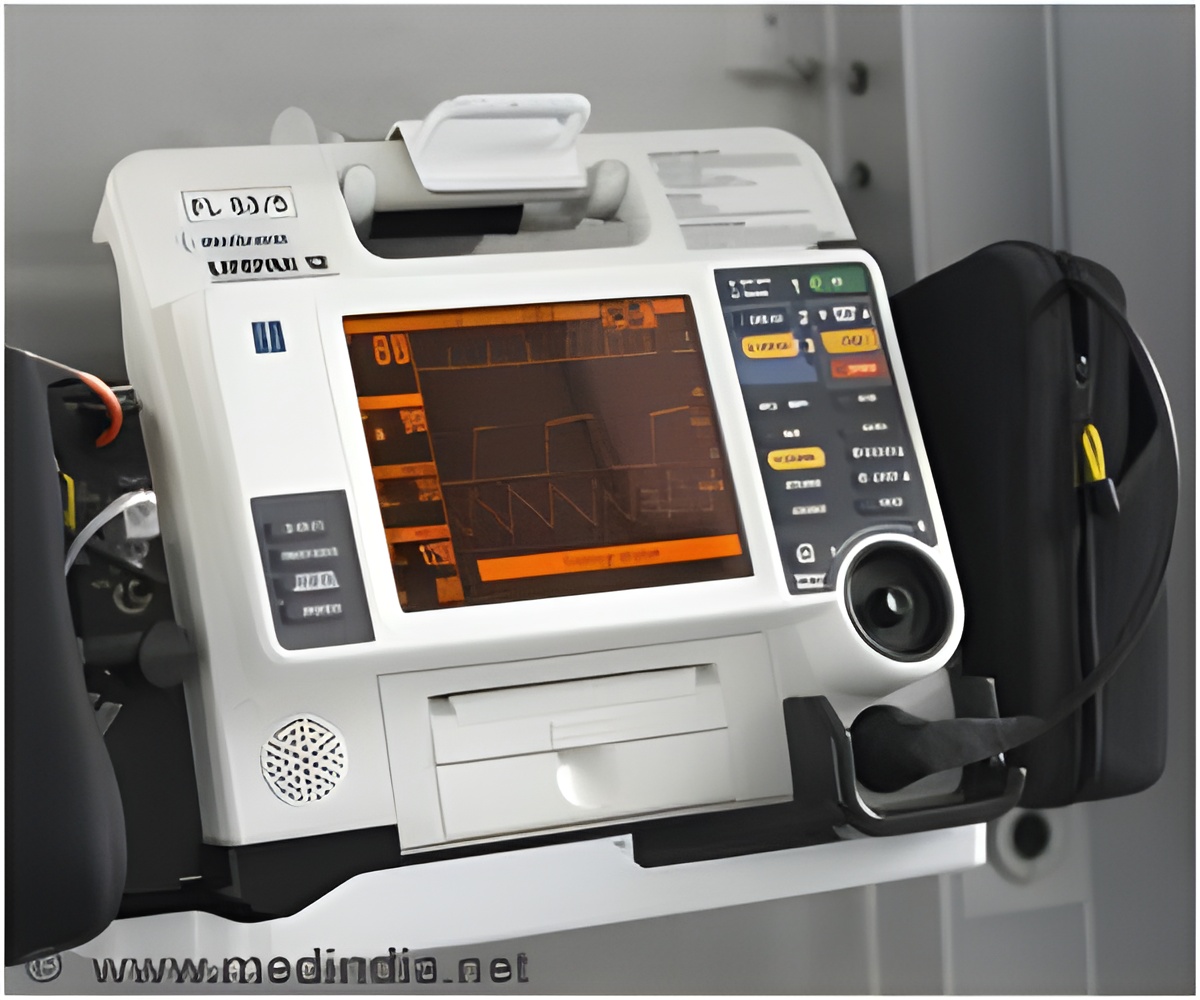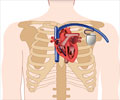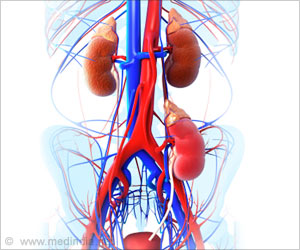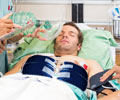Cardiac arrest survival greatly increases when a bystander is able to step in to apply an automated external defibrillator (AED) before the arrival of medical help.

‘Cardiac arrest survival greatly increases when a bystander is able to step in to apply an automated external defibrillator (AED) before the arrival of medical help.’





The findings showed that Without a bystander using AED shock therapy, 70 per cent of cardiac arrest patients either died or survived with impaired brain function, said researchers led by Myron Weisfeldt, from the Johns Hopkins School of Medicine in Maryland. For the study, an international team of researchers looked at 49,555 out-of-hospital cardiac arrests that occurred in major US and Canada cities.
They analysed a key subgroup of these arrests, those that occurred in public, were witnessed and were shockable.
"Unfortunately, not enough people know to look for AEDs in public locations, nor are they are trained on how to use them," Weisfeldt said.
According to the American Heart Association (AHA), use of an AED is the third step in the cardiac arrest chain of survival with the first two steps being to call for medical help (9-1-1) and begin immediate cardiopulmonary resuscitation (CPR).
Advertisement
"We are certainly seeing higher public interest in this training, and our campaign calls upon decision makers in workplaces and popular public spaces such as arenas, fitness centres, hotels, and churches to place AEDs in the same locations as a fire extinguisher," Kurz noted.
Advertisement















